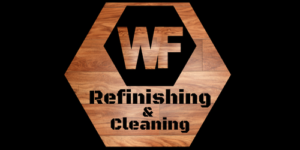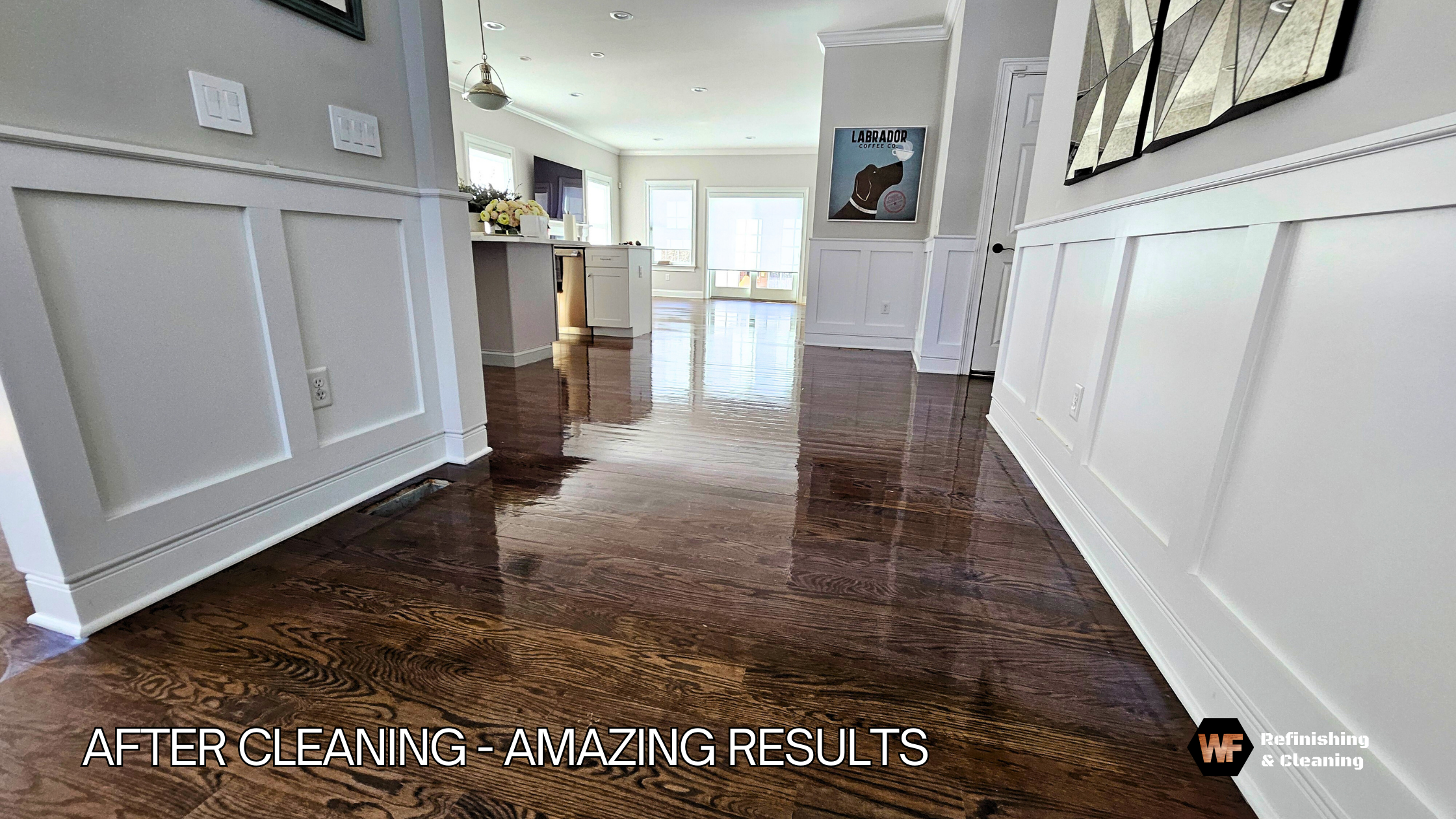Maintaining the pristine look of your laminate and vinyl floors doesn’t have to be a challenge. By understanding the best cleaning practices, tools, and preventive measures, you can ensure your floors stay beautiful and functional for years. Here, we’ll guide you through the process of how to clean it, prevent scratches, and estimate cleaning costs.
Tools and Solutions Needed to clean Laminate floors and Vinyl Floors
To effectively clean laminate and vinyl floors, you’ll need:
Essential Tools:
- Microfiber mop or flat mop
- Vacuum cleaner with a hard floor setting (to avoid scratches)
- Soft-bristle broom
- Bucket
Cleaning Solutions:
-
Mild dish soap and warm water for regular cleaning
-
White vinegar mixed with water (1:3 ratio) for removing stubborn stains
-
Store-bought laminate or vinyl floor cleaner (ensure it’s compatible with your floor type)
-
Baking soda paste (for scuff marks)
Optional Tools:
-
Steam mop (only for vinyl floors; not recommended for laminate as it may cause warping)
-
Felt pads for furniture
How to Clean It
- Daily Maintenance: Sweep or vacuum daily to remove dust, dirt, and debris that could scratch the surface.
- Weekly Cleaning: Mop the floors once or twice a week using a damp microfiber mop and a gentle cleaning solution. Avoid soaking the floor to prevent water damage.
- Spot Cleaning: For spills and stains, use a soft cloth dampened with the appropriate cleaning solution to clean it immediately.
- Deep Cleaning: For more thorough cleaning, mix a small amount of mild dish soap or a specialized cleaner with warm water. Mop gently, then dry the floor with a clean microfiber cloth.
How Often Should You Clean It?
- Daily: Sweep or vacuum to prevent dirt buildup.
- Weekly: Damp-mop once or twice to maintain the shine.
- Monthly: Perform a deep clean to address stubborn stains and ensure longevity.
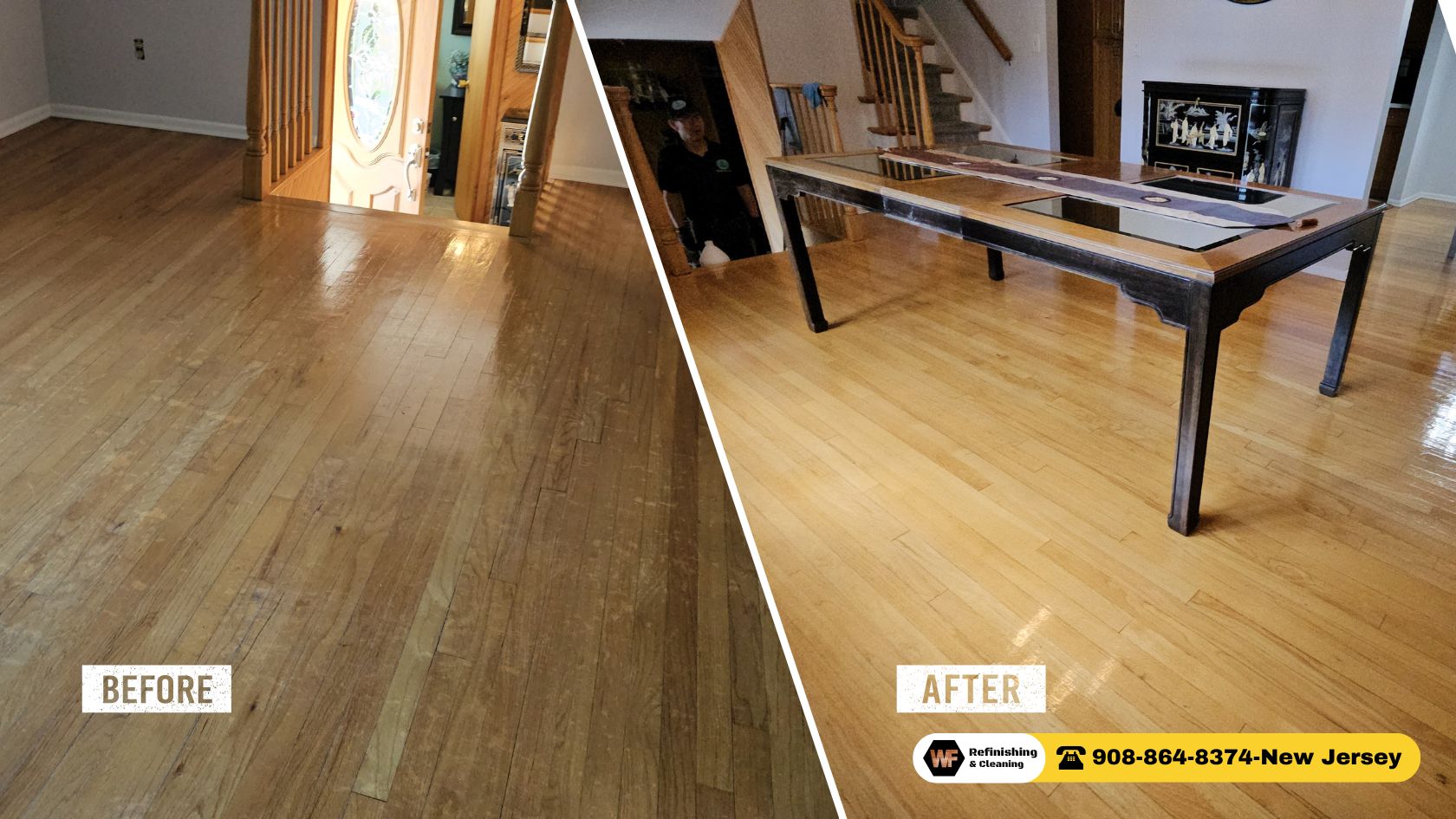
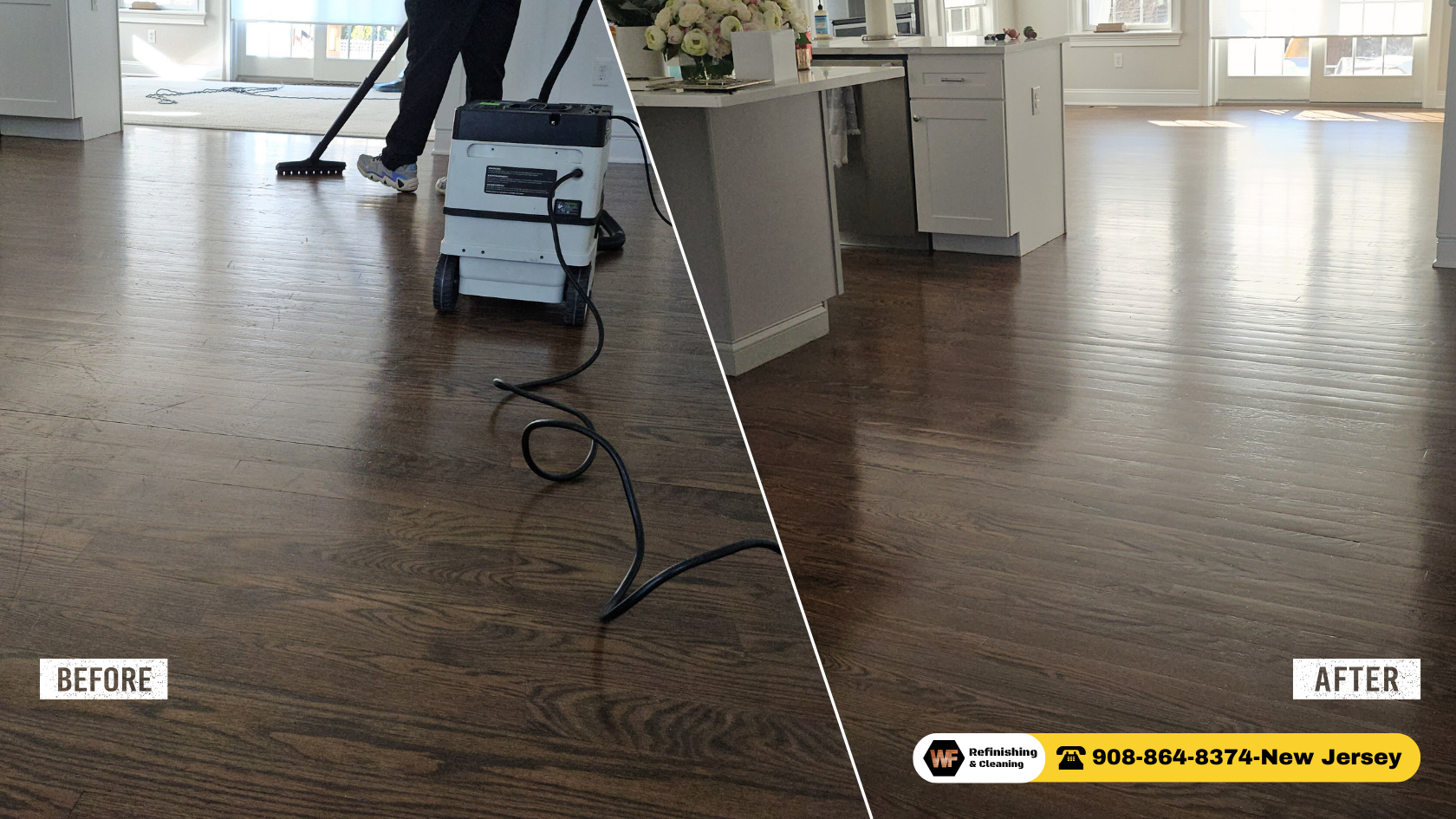
How to Prevent Scratches on the Floor
- Use Furniture Pads: Attach felt pads to the legs of chairs, tables, and other furniture.
- Place Rugs and Mats: Use rugs in high-traffic areas and mats at entry points to trap dirt and moisture.
- Shoes Off Policy: Encourage family members and guests to remove shoes to prevent dirt and grit from scratching the surface.
- Trim Pet Nails: Keep pets’ nails trimmed to avoid accidental scratches.
- Avoid Dragging Furniture: Always lift furniture instead of dragging it across the floor.
How Much Does It Cost to Clean It?
The cost to clean laminate and vinyl floors depends on whether you choose to DIY or hire professionals:
DIY Cleaning:
-
-
- Cleaning solutions: $5 to $15
- Microfiber mop: $15 to $25
- Additional tools: $10 to $20
- Total: $30 to $60 for initial setup
- Professional Cleaning:
- Costs range from $0.75 to $1.50 per square foot.
- For an average 1,000 sq. ft. area, professional cleaning may cost between $750 and $1300.
-
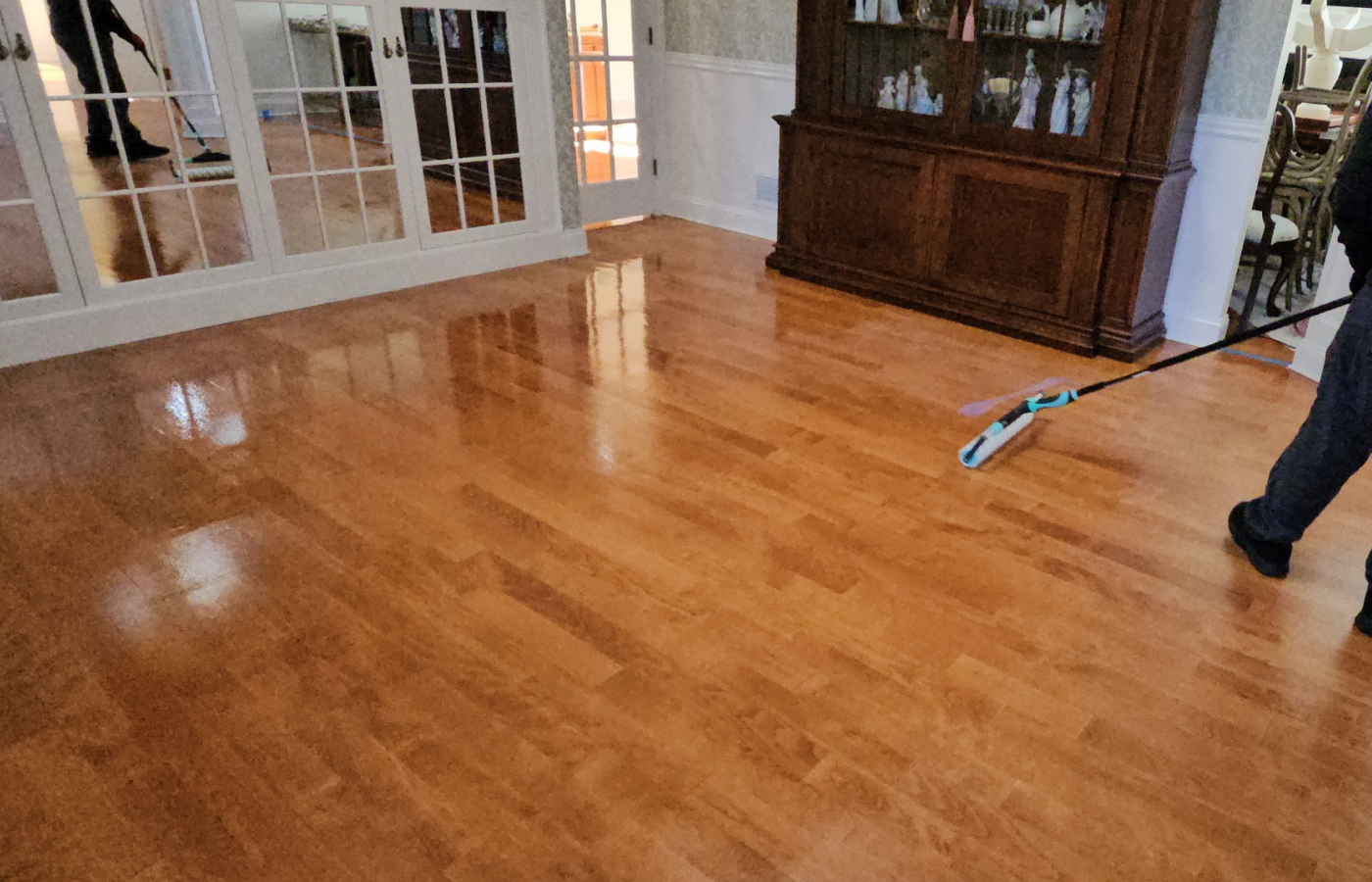
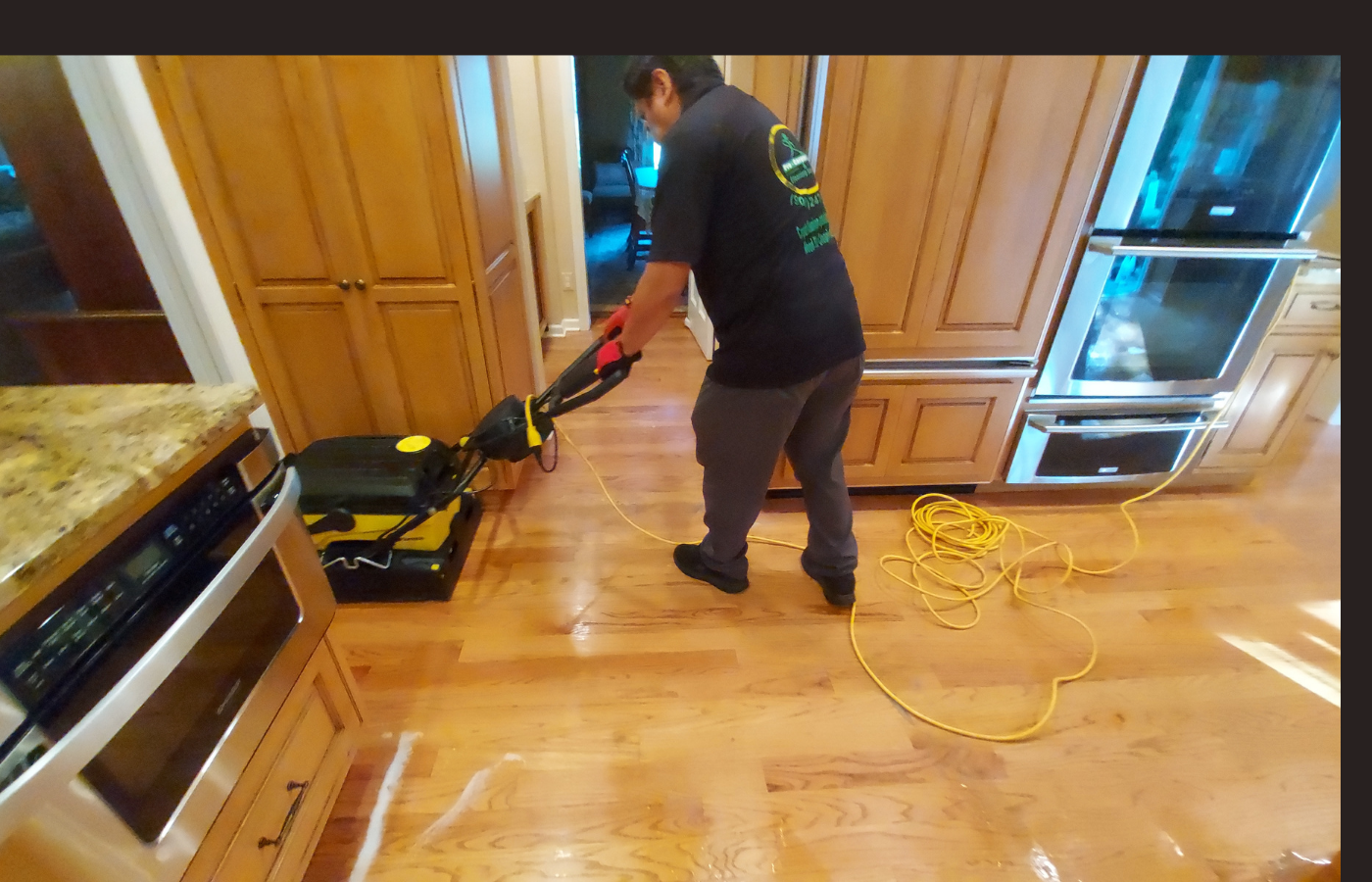
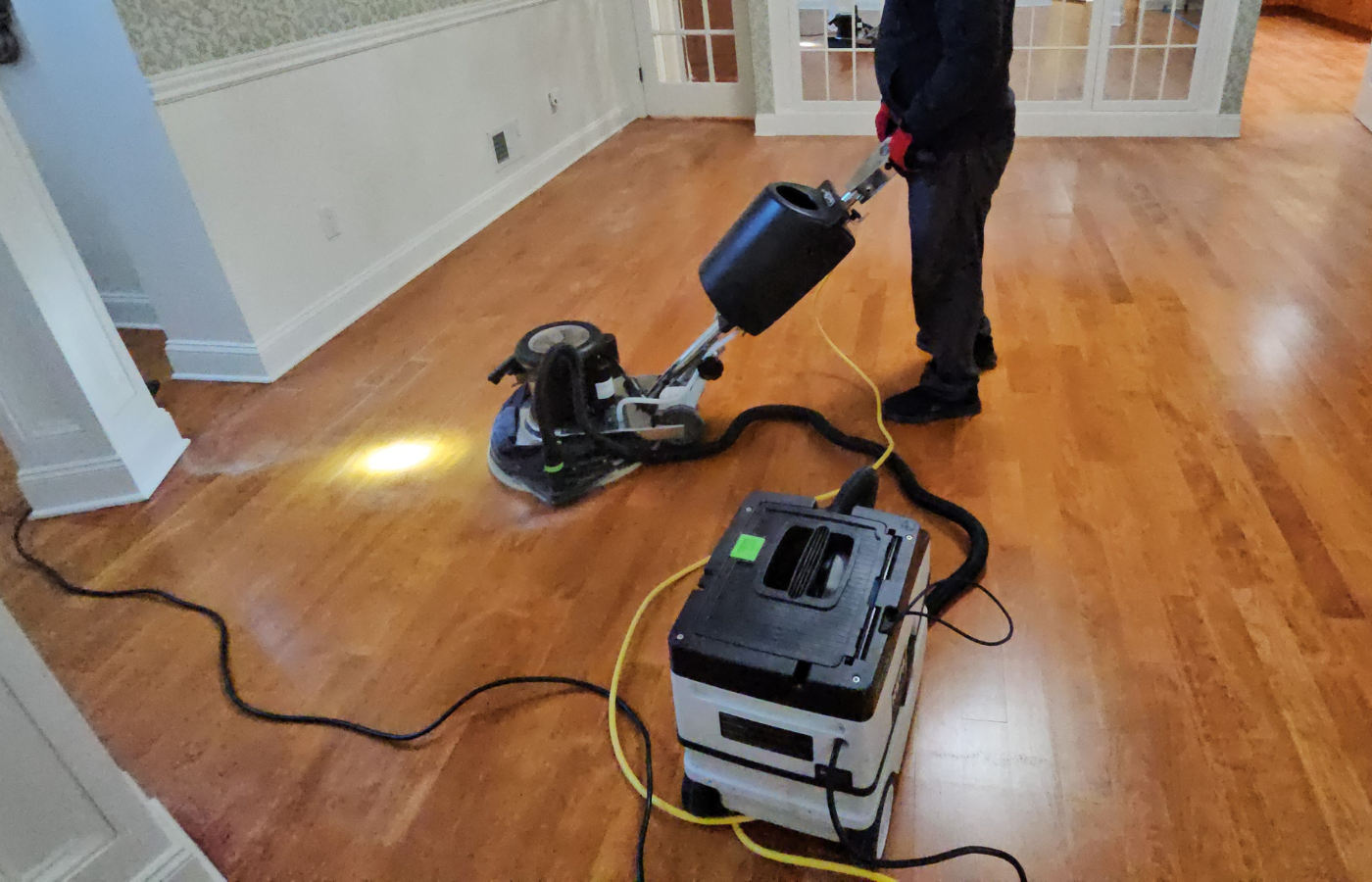
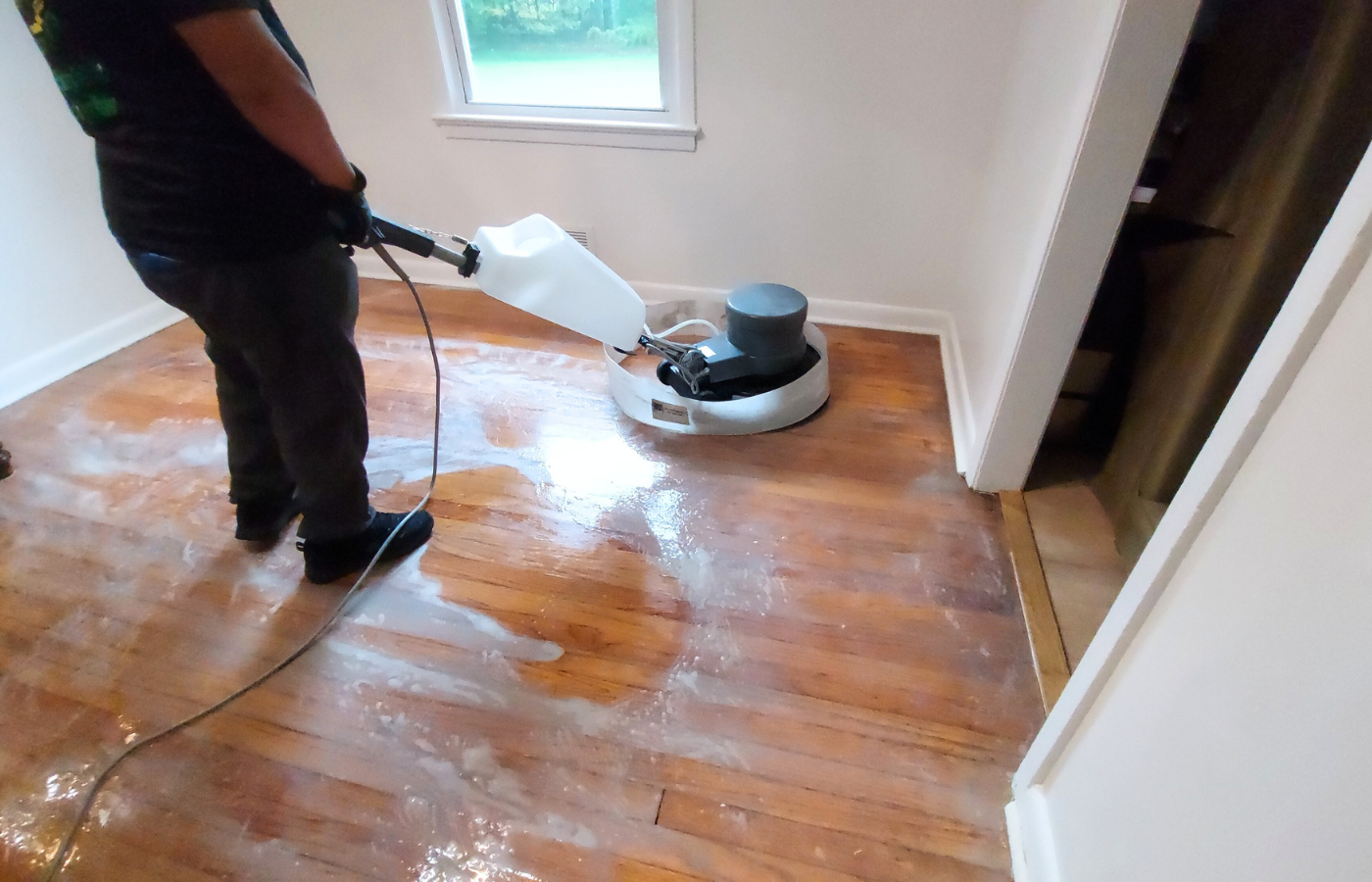
Floor Cleaning Topics:
- Steam Carpet Cleaning -Summit NJ
- How to dry carpet after cleaning
- How to get rid of odor in carpets
- Basement water damage -steam carpet cleaning
- Lear how to clean wood floor
- How often should I clean my carpet?
- Best Homemade carpet cleaner
- Hotel Carpet Cleaning
- Our Expertise in High-Traffic Areas ( Hotels, Apartments buildings…)
- Expert Commercial Carpet Cleaning Services

General Questions
How expensive is Clean & Recoat?
Prices will vary but typically a contractor will charge you less than what they would charge you for sanding and refinishing the floor. Pricing will depend on how much time they spend cleaning a floor, the type of finish they use and the number of applications of finish they make. Get several estimates but pay careful attention to how long they will take, how they will prep the surface and the type of finish they will use. Learn More…
Is this a dusty, smelly process?
The smell of the chemicals used to clean the floors is comparable to typical household cleaners and are not toxic or hazardous. The buffers we use have dust containment systems attached to vacuums to minimize any dust from prep work. We only work with waterborne urethanes that have no offensive odors. Done correctly, Clean & Recoat is the least invasive recoating process on the market today.
How log will a Clean & Recoat last?
With proper care and maintenance and by following a common sense approach to reduce wear and damage, a floor that’s been recoated can give you years of excellent service. I’ve seen floors that I recoated more than ten years ago that are still in very good shape. Most floors that are being recoated will be getting a waterborne finish and these finishes are very good and easily maintained. Learn More…
What is Laminate Flooring?
Laminate flooring is a tongue and groove interlocking flooring system that comes in either planks or squares. All of these floors have a wear layer, a decorative print film layer, an inner core structure, and some type of backing support layer — usually melamine. The print film layer is either fused or glued to the inner core. The print film can be a photo of any real floor. The earlayer is applied to the decorative print layer to protect the pattern. Melamine resins are the main component of the wearlayer. The melamine surface gets its incredible durability from aluminum oxide. Aluminum oxide is almost as hard as diamonds and provides unsurpassed wear and stain resistance. Learn More…
What is Engineered Flooring?
Engineered flooring is produced by bonding three or more layers of wood. The crossing of grain direction within the boards makes this a very dimensionally stable product able to resist nearly all expansion and shrinkage from normal moisture changes. This is one primary feature that makes it suitable for use directly on concrete and below-grade application. Learn More…
Will my floor age or change color?
Yes. You can expect to see shade differences in your floor over time. The cause is usually from exposure to the ultra-violet rays of the sun, whether direct or indirect. This color change will be more noticeable in lighter colors, which will darken over time. In addition, certain species like Brazilian cherry, will naturally darken over the years. These changes are due to the natural characteristics of wood and are not covered by most manufacturers’ warranties.
What is Custom Finishing?
Sanding and refinishing performed to individual specifications. Custom finishing of wood floors is performed in the home on the completely installed new floor, or to refurbish a previously finished floor. Custom finishing permits the owner to select from a full range of stains, sheens and colors.
